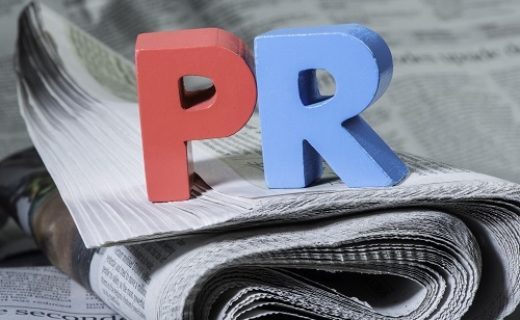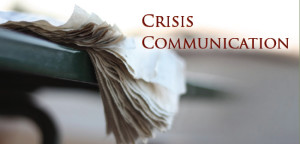As Warren Buffet quipped, “it can take 20 years to build a reputation and only five minutes to ruin it.” Of course, everyone wants a good reputation. But how do you get one – and more importantly, keep it? A good number of clients come to us for a crisis plan or issue management. Others know they need to be ready for a “problem,” but don’t believe it’s “that much of a concern right now.” When clients talk about building their brands, they usually mean “good news marketing,” launching products/programs and supporting sales.
But equally important is galvanizing your brand against disaster before a crisis hits home. It’s easy to get complacent. No one wakes up saying, “today will be the day that the stuff hits the fan.” When that day arrives, however, the strength of a company’s reputation is its best protection.
The closest thing to reputation protection that appears on a balance sheet is termed goodwill. Having a reservoir of goodwill can make all the difference and sustain a company through bad times.
Investopedia defines goodwill as an intangible asset on the balance sheet that typically reflects the value of a strong brand name, good customer relations, good employee relations and any patents or proprietary technology.
While the term intangible asset sounds nebulous, we use public relations every day to tell concrete stories that provide credibility and entitle a positive reputation. Step by step, reputation is built on goodwill that emanates from reliable products, excellent service and sound business practices across the board – not from fluff.
Public relations strategies and tactics should be major elements in any plan to build positive relationships with the stakeholders who determine your organization’s success. While there are multiple key audiences including stockholders, boards of directors, regulators, legislators and other influencers, I want to mention several ideas for fostering quality reputations among three all-important groups.
(1) Employees: Employees can be your biggest fans or your loudest detractors. If they don’t believe the talk, they won’t do the walk. Too often, internal communications are tagged on as an afterthought. Put employees front and center, involve them in your communications plans and company initiatives and make them your best ambassadors.
(2) Media: I’m amazed at how many clients have never met the reporters in person who write about their companies. Knowing the media is the best way to build credibility in the good times and get a fair shake when things go wrong. It’s easy to do. Have a proactive media outreach program. Tell your good news stories; be an industry thought leader. Don’t have your first interaction with a reporter be in the middle of a crisis.
(3) Clients: Organizations need to fall in love with their clients; it’s that simple. Talk to them; listen to them; give them little presents; keep your promises; be good to them. And they will love you back. That translates into everything from easy-to-understand product information and engaging social media programs to cordial customer service and valuable website tools.
Coke survived a potentially large scale ban on Coca-Cola drinks in Europe in 1999 because it had longstanding trust with loyal consumers and stockholders alike and was able to trade on its goodwill.
Toyota is currently working diligently to regain its reputation following the “gas pedal” crisis; I believe it will recover based on its long-term excellent reputation. Arguably, BP has a steeper road to climb without the same stockpile of goodwill upon which to draw.
Top leadership needs to pay attention – and provide resources – to inculcate the values, culture and programs for an organization to build and nurture its reputation. Indeed, it may be a CEO’s most important contribution.






